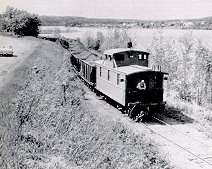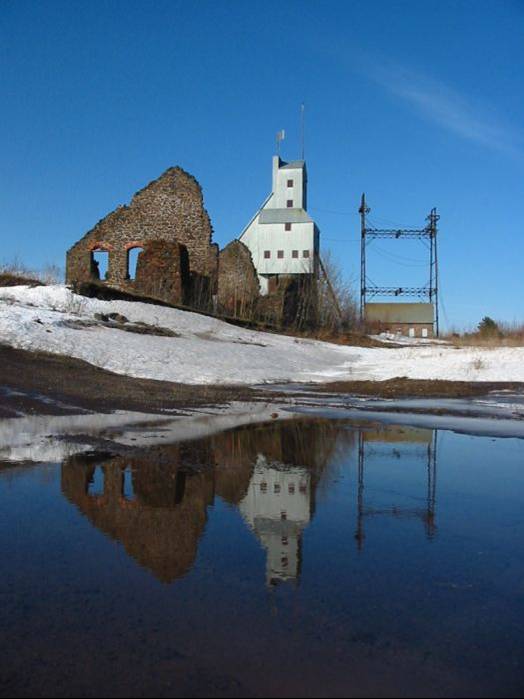| Project Motivation |
||
| Home
Abstract Project Motivation Coastal Environment
|
Yesterday
The
Keweenaw
Peninsula is known as the “Copper Country” due to its rich copper mining
history. This small area of land was one of the world’s largest
copper producing
areas from the mid-1800’s to 1968 when the last copper mine was closed.
This industry fueled the regional economy during the operation of the more
than 200 mine shafts, drawing a population of
more
than 100 Today The copper mining industry no longer fuels the economy of the Keweenaw Peninsula. Instead, people of the area have become dependent on tourism throughout the year. The population of the entire peninsula has dropped below 40,000. Although mining activities have ceased, the stamps sands deposited decades ago have now become the focus of much attention, especially from the environmental community. These materials have slowly been transported to locations further from their original placement due to wave action and lake currents and is now posing a huge ecological threat, especially to the near shore ecosystems. These toxic sediments have increased the heavy metal loading to the waters of the Portage Canal, Torch Lake, and Lake Superior and have had a negative impact on the biological activity, more specifically the benthic communities and fisheries, and chemistry in the water. Torch Lake is currently listed as an EPA Superfund site and clean-up of the mine tailing waste has begun which has included dredging and capping as proposed solutions. In Lake Superior, the mine tailing situation has yet to be addressed and the stamp sands are continuing to be transported by wind-wave and current action.
Quincy Mine-Hancock, MI
|

